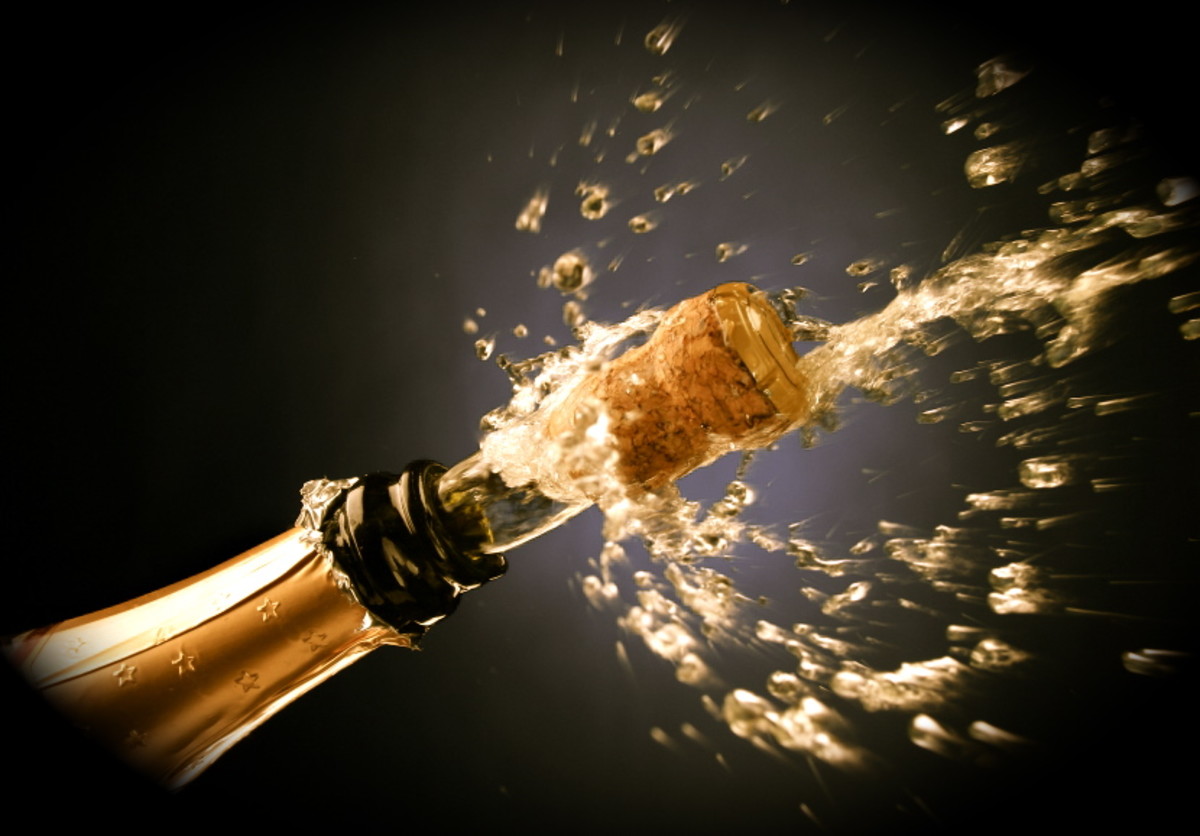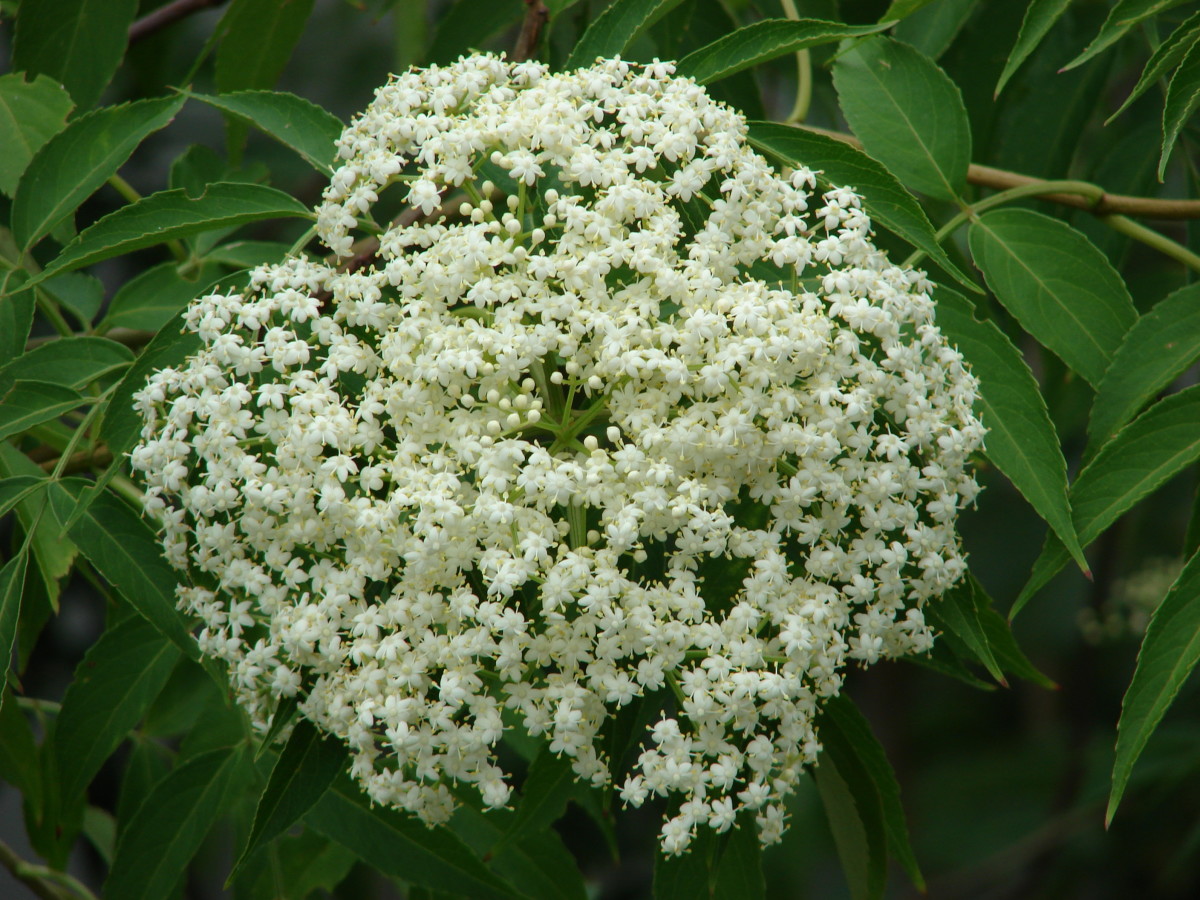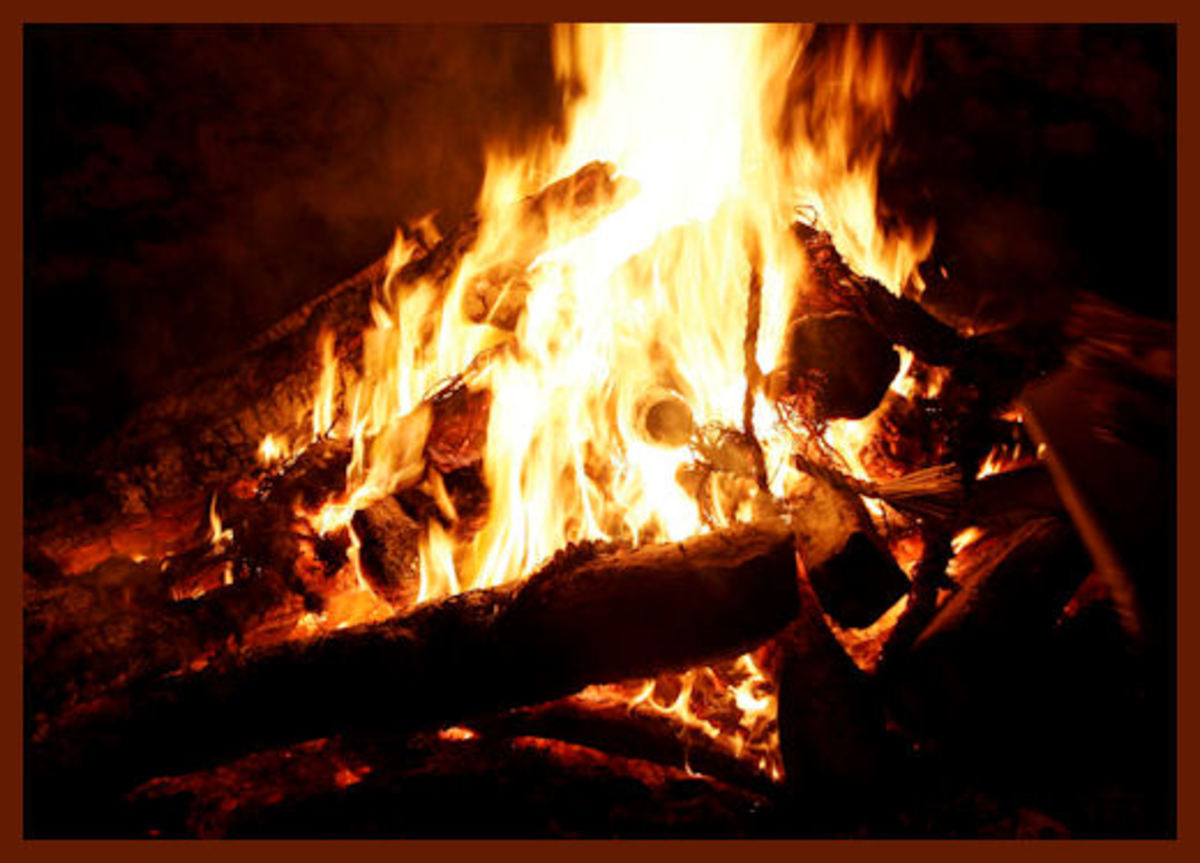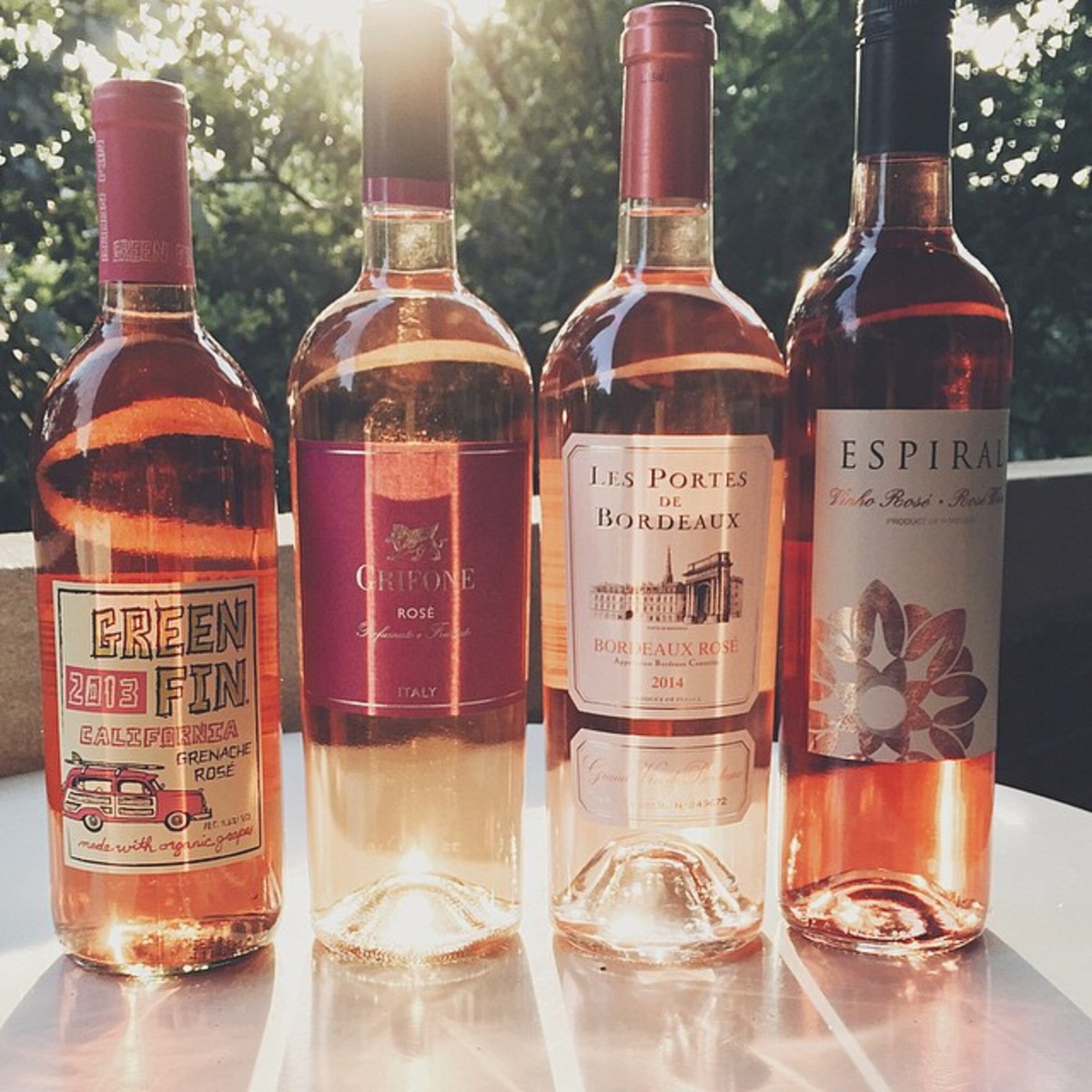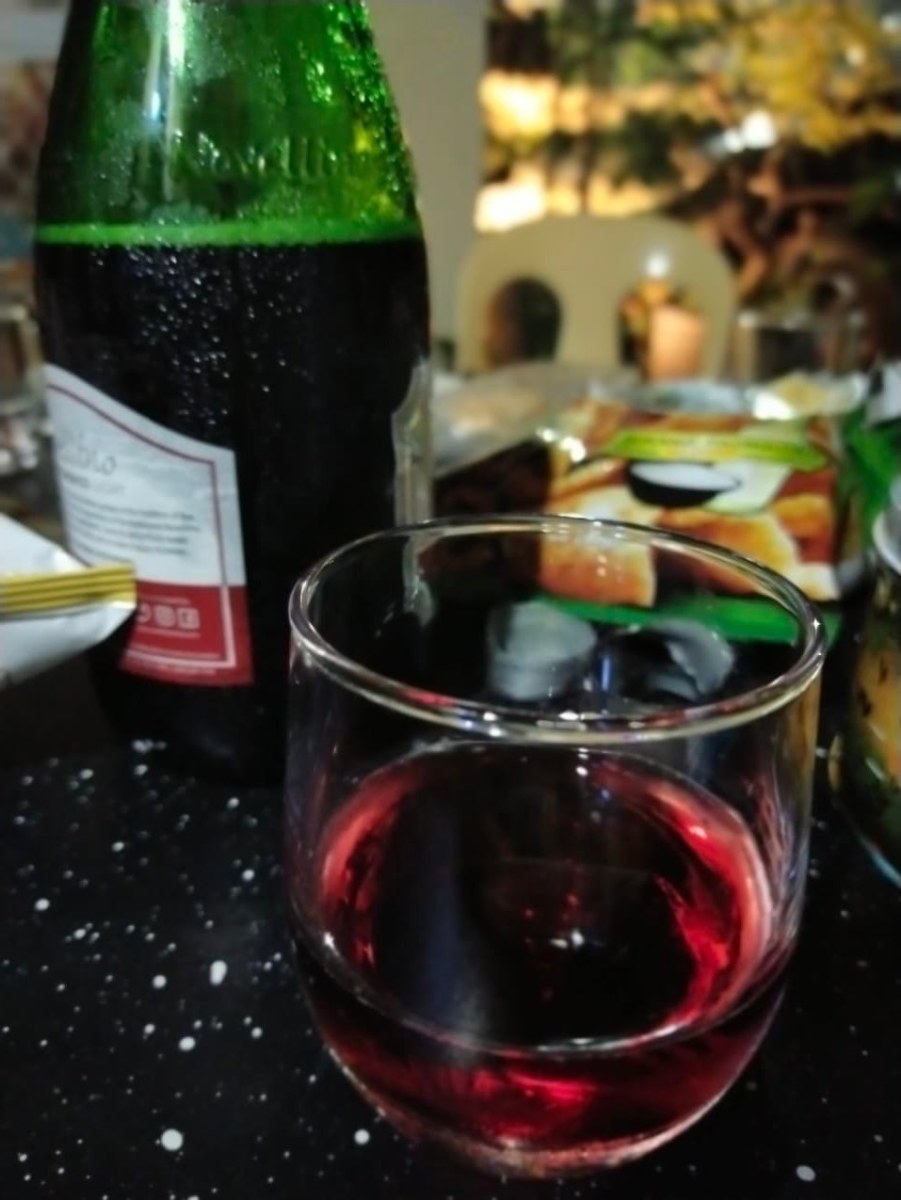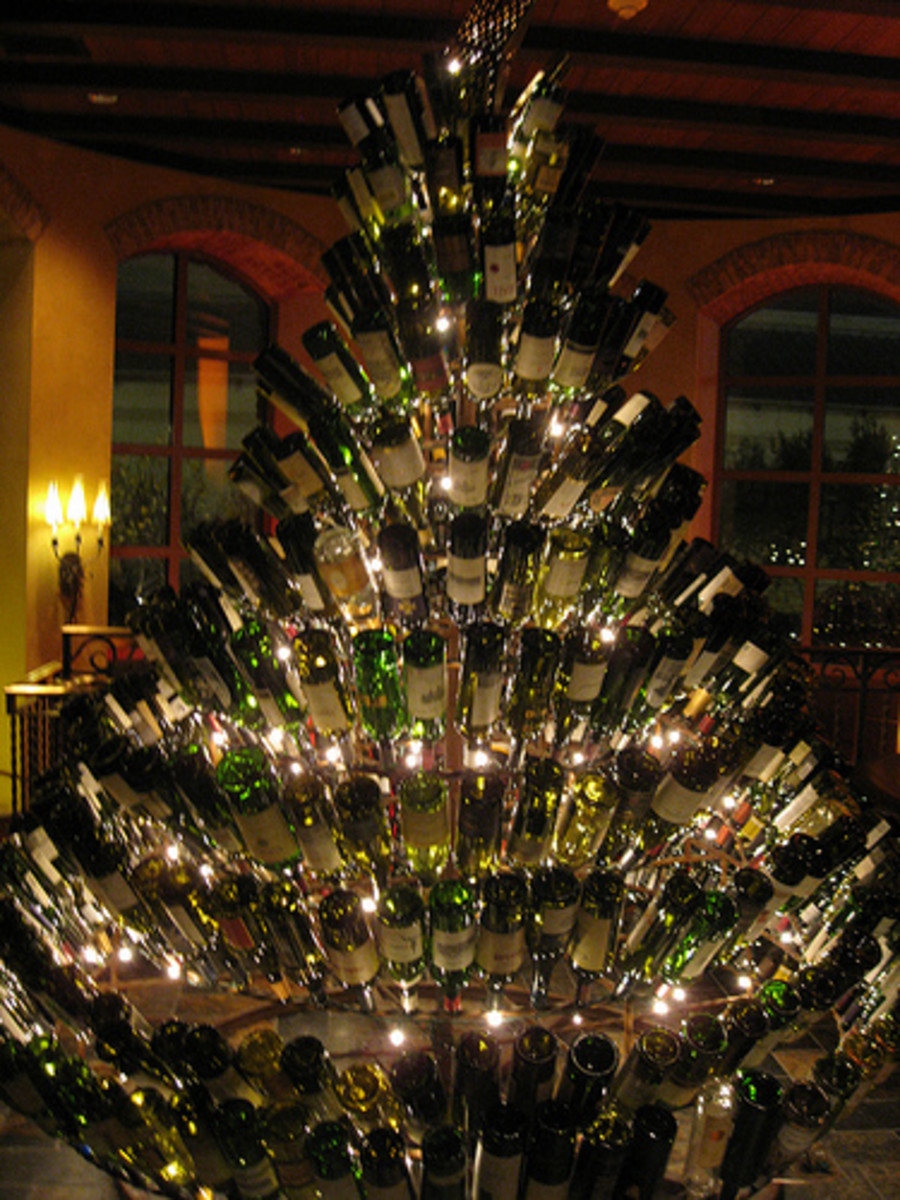Champagne - It's Not Just for New Year's Eve
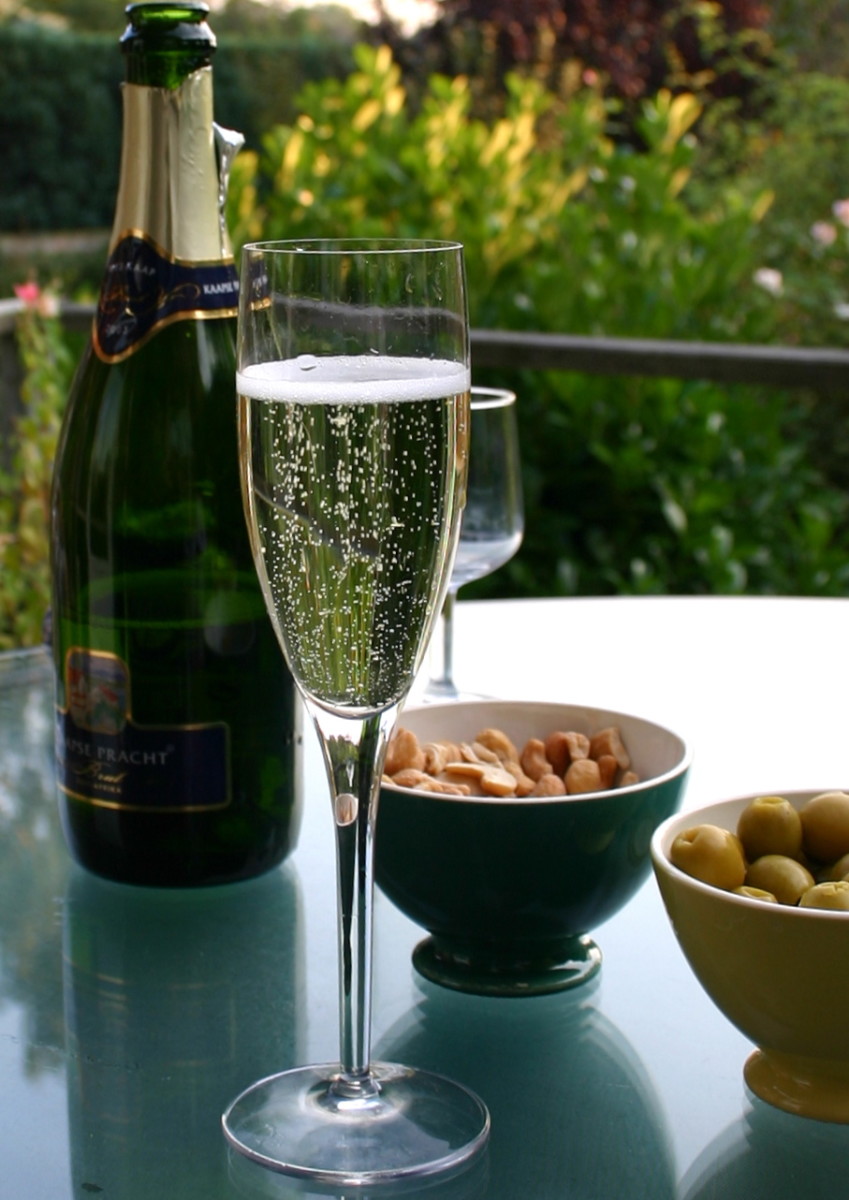
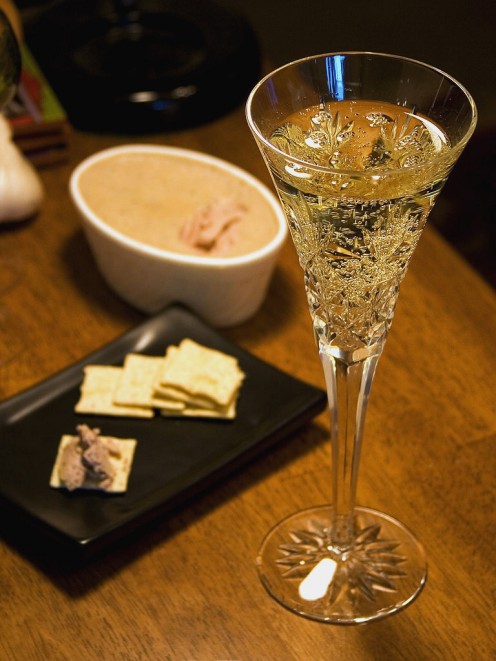
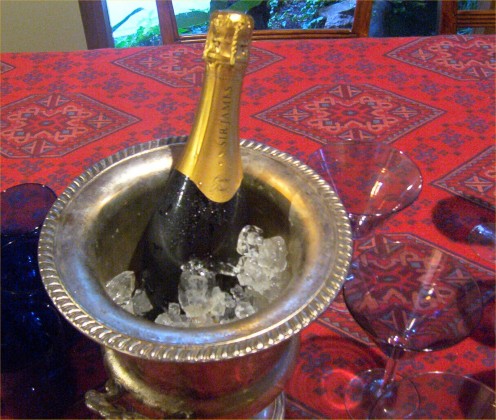
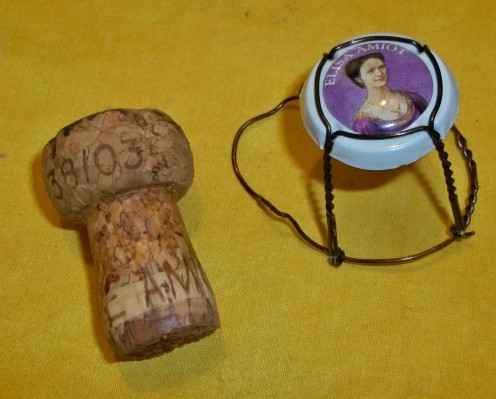
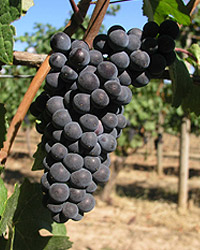
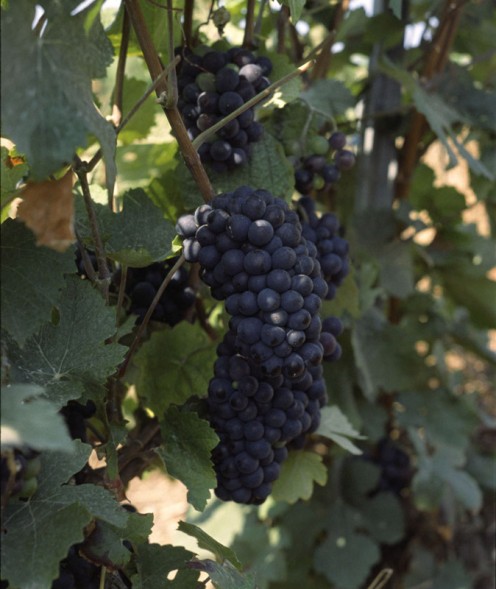
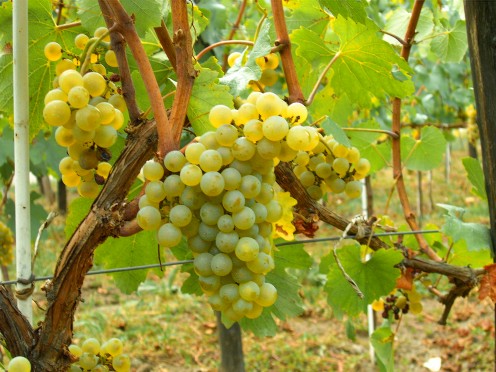
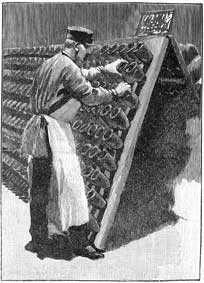
Learn more about Champagne.
Champagne - Its Not Just for New Years Eve
===================
Champagne – It’s Not Just For New Year’s Eve
===================
Have you ever noticed how all of the advertisements for champagne start appearing on television just before Christmas and New Year’s Eve? That’s because that is the time period when the sale of champagne is the highest. The rest of the year, we hardly ever think about champagne unless it is someone’s birthday or anniversary.
-----------------------------
While I don’t advocate drinking champagne with your meal, it is the perfect way to start a meal when served with the appetizers. In case you haven’t noticed, champagne goes extremely well with such diverse appetizers as salty caviar, rich fois gras, spicy shrimp cocktail, raw oysters or oysters Rockefeller and even with various salads.
-----------------------------
The next time you eat out at a nice restaurant, consider starting the evening with a bottle of champagne. Another idea to consider is to have a champagne and appetizer tasting instead of a formal dinner party.
-----------------------------
Prepare a number of both cold and hot appetizers and serve them as separate courses along with a different champagne for each course. Now that I have you considering the possibilities, you may want to learn a little more about champagne so that you know which one to select.
----------------------------
Strictly speaking, champagne can only be produced in a very specific region of France and it can only be made from certain grape varieties, primarily Chardonnay, Pinot Noir and Pinot Meunier. Other sparkling wine producing regions in France use the name cremant. By international agreement, other countries in Europe use other names for their sparkling wines too. Germany uses sekt, Italy uses spumanti, and Spain uses cava for example. In the United States, we don’t honor this agreement, but only a very few wineries use the designation champagne as long as it is clearly stated on the label where they are produced.
------------------------------
If you can afford them, the French champagnes are the best but they are very expensive. Non vintage French champagne can run from about $30.00 to $50.00 a bottle. One of my favorites is Veuve Clicquot, partially because that is what we drank when I first met my wife on New Year’s Eve. It is rather delicate, but it has plenty of small bubbles and a fine finish.
----------------------------
There are many other brands available for you to try. Only in the best years, the French produce vintage champagnes, which state the year that the grapes were grown on their labels. These can run from $40.00 a bottle to over $200.00 for special editions. My personal Favorite is Louis Roederer Crystal Brut but I can no longer afford to drink it.
---------------------------------
The closest thing to French champagne which is more affordable, are the sparkling wines from California and the best of these are made from the same grapes as the French champagnes and they are also fermented in the bottle Korbel was one of the first winemakers in California to make sparkling wines similar to those made in France. Korbel began making sparkling wines in California in the 1880’s according to the methode champenoise using Riesling, Chasselas, Muscatel and Traminer grapes.
--------------------------------
Today, most California sparkling wine makers use pretty much the same grape varieties that are used in France. However, low cost producers like Gallo, André and Cook use the bulk (Charmat ) fermentation process. Korbel still makes a reliable sparkling wine which often goes on sale for as low as $10 a bottle.
--------------------------------
Two other California sparkling wine producers deserve special note; Schramsberg, which began producing wines by the French method using Chardonnay grapes in 1965 and Iron Horse which did much the same thing in 1980. Both vineyards produce good quality sparkling wines, but they are a little pricey – almost as expensive as the French champagnes.
--------------------------------
The best bargains in California sparkling wines today are probably the French transplants. French champagne houses such as Roederer, Chandon, Taittinger, Mumms and Piper now produce sparkling wine in California using the same grape varieties and method that is used in France. Surprisingly, these wines often sell from $15 to $25 per bottle and are of very high quality.
--------------------------------
One last item that needs to be covered is the level of sweetness or residual sugar for champagnes. When champagne is made the wine is fermented and bottled much as you would for any white wine. If the wine is labeled as Blanc de Blanc it means that only Chardonnay grapes were used. If it is labeled Blanc de Noir, then Pinot Noir and Pinot Meunier (red wine grapes) were used.
---------------------------------
Then to produce the bubbles, a dose of wine and sugar is added to ferment in the bottles which are sealed. How sweet the final wine will be is determined by how much sugar is added. The level of residual sugar in the wine is indicated on the label as Brut, Extra Dry, Demi-Sec, Doux, etc. which is explained in the following table. Most people tend to prefer Brut champagne, but novice drinkers may prefer the sweeter versions.
======================================
From now on our new motto will be "Champagne – It’s not just for breakfast anymore".
.======================================
TERMS USED TO INDICATE SWEETNESS IN SPARKLING WINES
RATING
| SUGAR CONTENT (GRAMS PER LITRE)
|
|---|---|
Brut Nature
| 0-3
|
Extra Brut
| 0-6
|
Brut
| 0-12
|
Extra Dry
| 12-17
|
Dry
| 17-32
|
Demi-Sec
| 32-50
|
Doux
| 50+
|
===================================
| =================================================
|
How Champagne is Made
Reims, France and the Champagne District
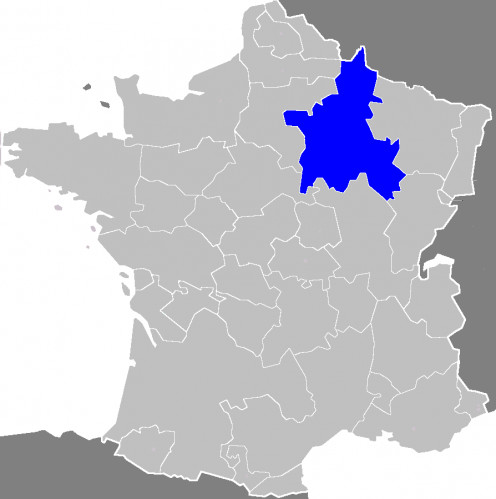

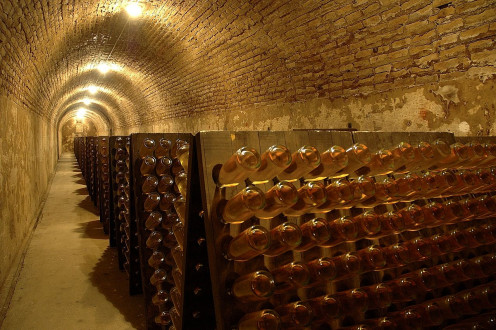
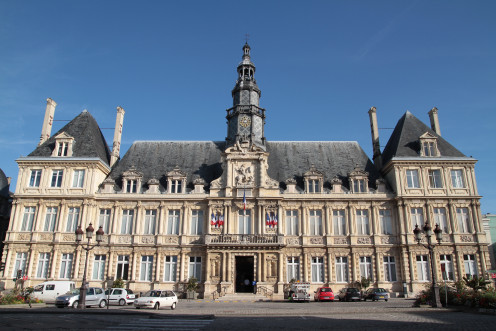
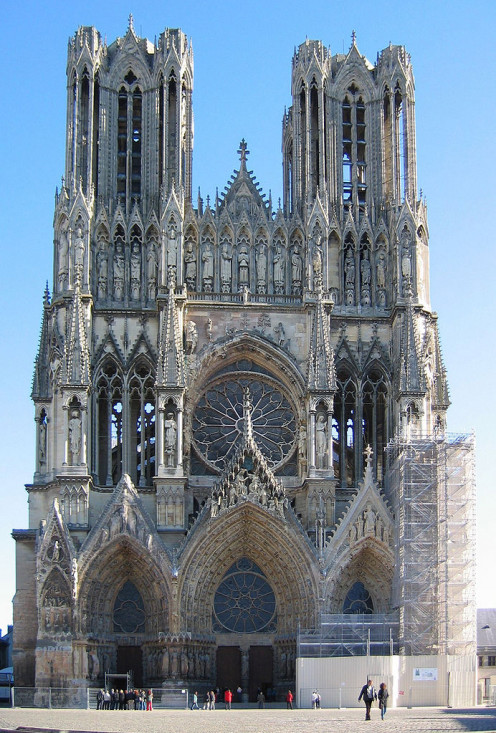
Reims, France - In the heart of the Champagne district
Related Wine HubPages
- Which Wine Goes With What Food?
Novice wine drinkers are confused about which wine to drink with what food. This article explains in simple terms the time-honored pairings, but ultimately it is OK to drink any wine you like with any food. One useful guideline is that the wines of a - An Introduction to California Wines
California is one of the largest producers of wine in the world. If it was a country it would be fourth behind only France, Italy and Spain. Although in recent years, the prices for their top quality wines have skyrocketed, there are still many relat - An Introduction to Argentine Wines
Argentina is the fifth largest producer of wine in the world. Their wine consumptiom is considerably less than their production so they are major exporters of wine and they are the seventh largest importer of wine into the United States. With moderat - An Introduction to Hungarian Wines
The Romans brought grape vines to Hungary and by the 5th century there were extensive vineyards planted. In 2010, Hungary was the 16th largest producer of wine accounting for nearly 1.5% of the world's production. Hungary produces many different vari - An Introduction to French Wines
France is the largest producer of wines in the world. French wine regions like Bordeaux, Burgundy, Champagne and Beaujolais have become household words. French grape varieties such as cabernet sauvignon, pinot noir, chardonnay, syrah and merlot are p - French Wine Regions - Bordeaux
The greatest wines in the world come from the French Wine region of Bordeaux. Names like Chateau Margaux, Chateau Latour and Chateau Lafitte Rothschild are legendary and command the highest wine prices. The main regions in Bordeaux are the Medoc, Gra - French Wine Regions - Burgundy
The various regions of Burgundy are described as well as the grapes that are grown there. In addition, many of the greatest wines of Burgundy are listed along with my comments on those that I have tasted. Also included are fond recollections of a wee - French Wine Regions - Alsace
Alsace often changed hands between Germany and France for over a hundred years until the treaty of Versilles was signed in 1921. It is no wonder that the Alsacian wines still resemble the white wines of Germany with the grape variety displayed promin - French Wine Regions - Beaujolais
The French wine region of Beaujolais has three major appelations (AOCs) - Beaujolais, Beaujolais Village and Crus du Beaujolais (containing ten individual Crus). This article describes all of them along with the grapes and the method which is used to - French Wine Regions - The Rhone Valley
The wines of the Rhone valley stretch from Vienne which is close to Lyon all the way down to Avignon which is fairly close to Marseille.There are two distinct regions that make entirely different wines from different grape varieties. The north produc



